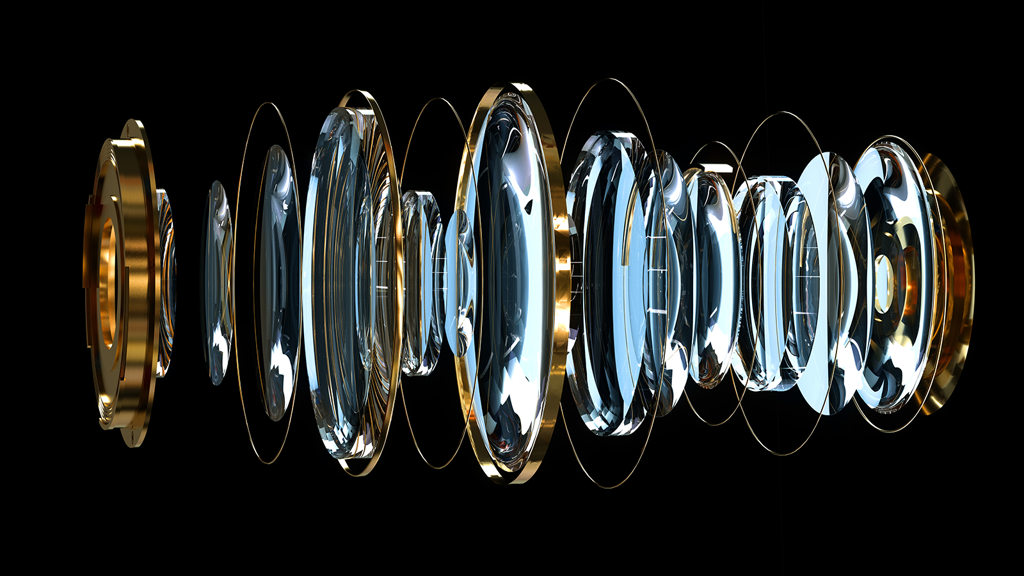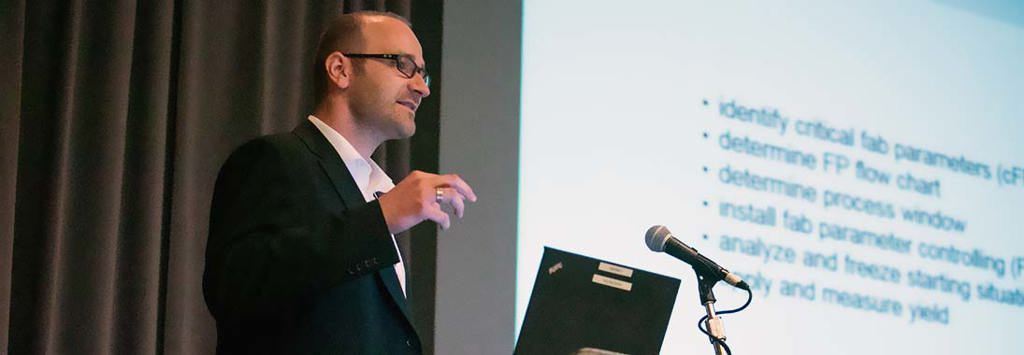2024 Program

18 - 21 August, 2025
Hyatt Regency Seattle
Seattle, Washington USA

The Technical Program
Recent leading edge advances in the field of image acquisition, processing and display have led to major improvements in the image products on the market today. Reported at this congress are the state-of-the-art advances that will continue to contribute to this progress.
Examples of advances to be discussed include:
- results to mitigate the effects on light propagation in complex media, such as in biological tissue, and in scattering and turbulent atmospheres
- compressive and computational image processing, which in many cases employ machine learning techniques
- collection, processing, display and perception issues with 3-D information
- new approaches such as neuromorphic and metamorphic image processing
- advances in image acquisition for use in autonomous platforms including UAV remote sensing and self-driving vehicles
Finally, presentations on sampling theory and inverse techniques applied to image-difficult problems will cover the details describing the limits in image acquisition and information extraction. They will provide suggestions for improvements that can be applied to enhance current image acquisition capabilities.
Objectives
- Hear about the physics-enhanced deep neural networks used in computational imaging and how this type of technique can assist in processing with limited data sets.
- Learn about the design challenges facing the next generation of sensors including meta-photonic computational imagers and fast foveated projectors and cameras.
- Follow efforts to mitigate extreme turbulence effects using target-in-the-loop coherent beam combining and how focusing through scattering materials can be enhanced using newly developed deep neural networks.
- Understand the advantages of the latest developments in conformal diffuse tomography of single photon 3-D imaging in scattering media.
- Learn about the latest progress in vision augmentation via see-through displays.
Co-Located Topical Meetings
3D Image Acquisition and Display: Technology, Perception and Applications (3D)
Adaptive Optics: Methods, Analysis and Applications (AO)
Computational Optical Sensing and Imaging (COSI)
Imaging Systems and Applications (IS)
Propagation Through and Characterization of Atmospheric and Oceanic Phenomena (pcAOP)
